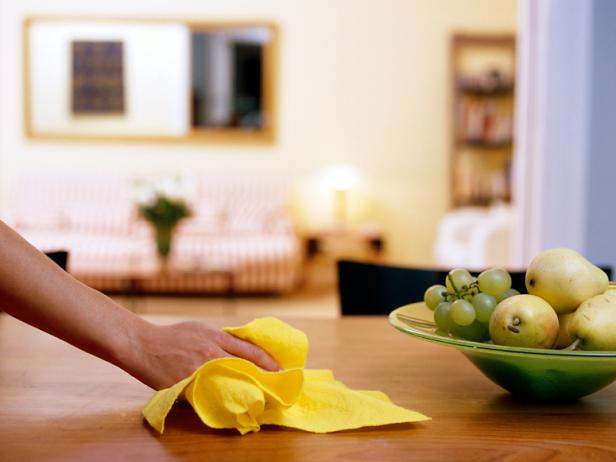
Home is where life is and a healthy living environment is an important component of life as unhealthy living space can cause sickness. Our home is filled with both natural and manmade substances and some of them might irritate you and cause wheezing, sneezing and discomfort. This can be microscopic bacteria to little dust mites so we tell you some surprising reasons your home is making you sick:
-
Dust
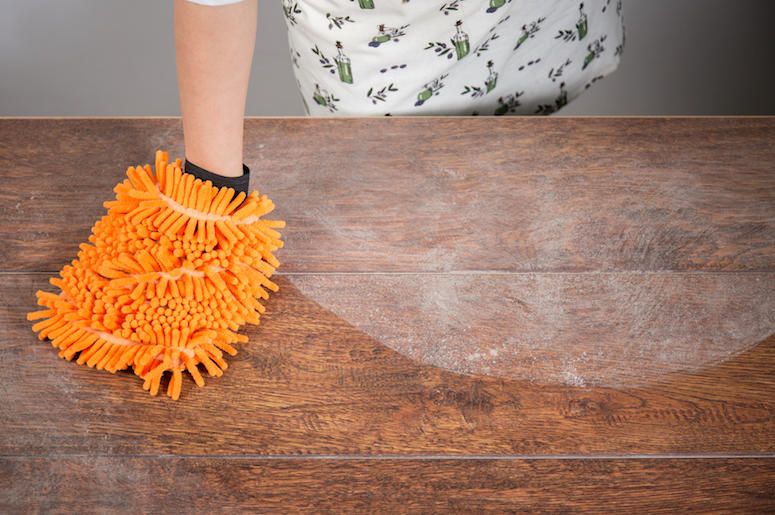
Dust is not only an issue but is also carries irritating dust mites that can disrupt nasal passages and eyes. Dust contains dirt and particles from outside, that can have pesticides and herbicides that are toxic for the nervous system.
-
Air fresheners
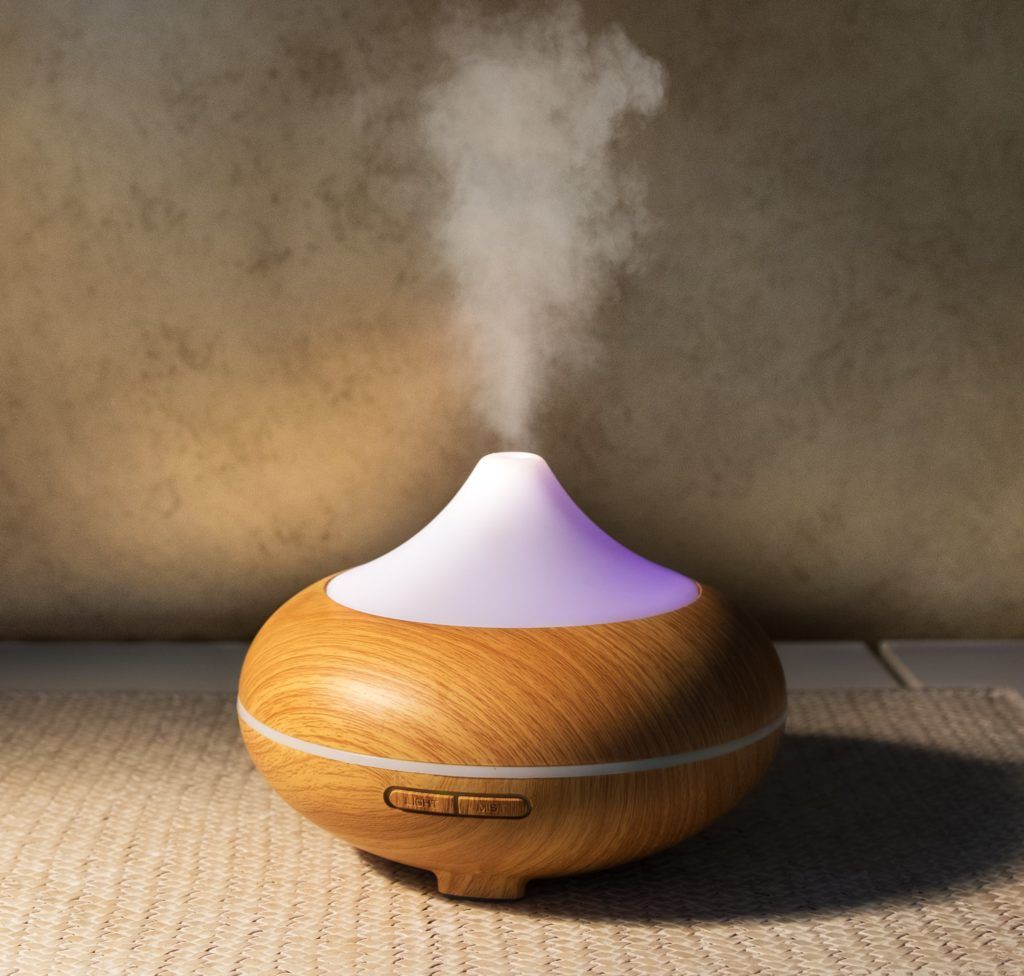
Air fresheners keep your house fresh and give it a nice smell, but they affect your health as well. Scented candles, diffusers, and scented sprays might contain phthalates, chemicals that may disrupt the endocrine system by interfering with hormones causing allergies like runny nose and cough.
-
Bedroom and furniture
Is your furniture old? Have you had your mattress for a long time? How often do you change your bed sheet? Many people don’t pay importance to all this but the truth is that these places have dust mites that affect your system by bringing uneasiness and allergies.
-
The bathroom
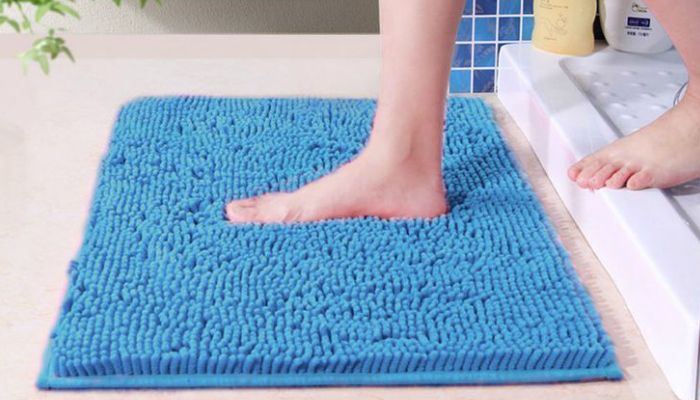
When was the last time you cleaned your shower top? Tub? And the bath mat? Bath mats are easy grounds for dust mites and bacteria especially when you stand on them just after bathing. All of this can lead to cold and allergies so wash the mats often and change them quickly. Also, dry up yourself and then step on the mat.
-
Hidden Mold
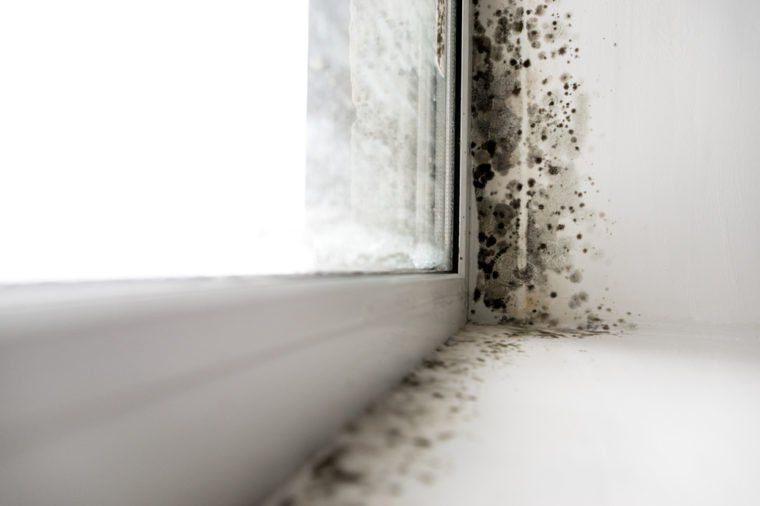
Hidden molds are one of the biggest household hazards that contributes to illness. The modern constructions make it easier for the mold to sneak in and worsen our health. Mold quickly come up on wood, wallpapers and drywall which causes sneezing and rashes.